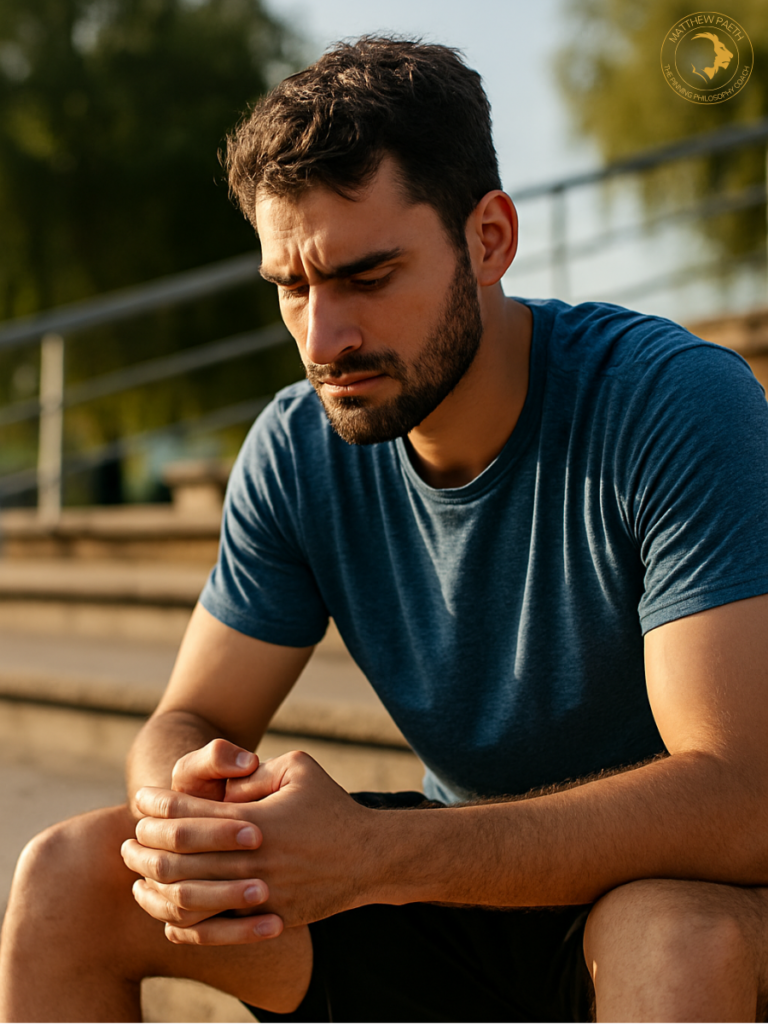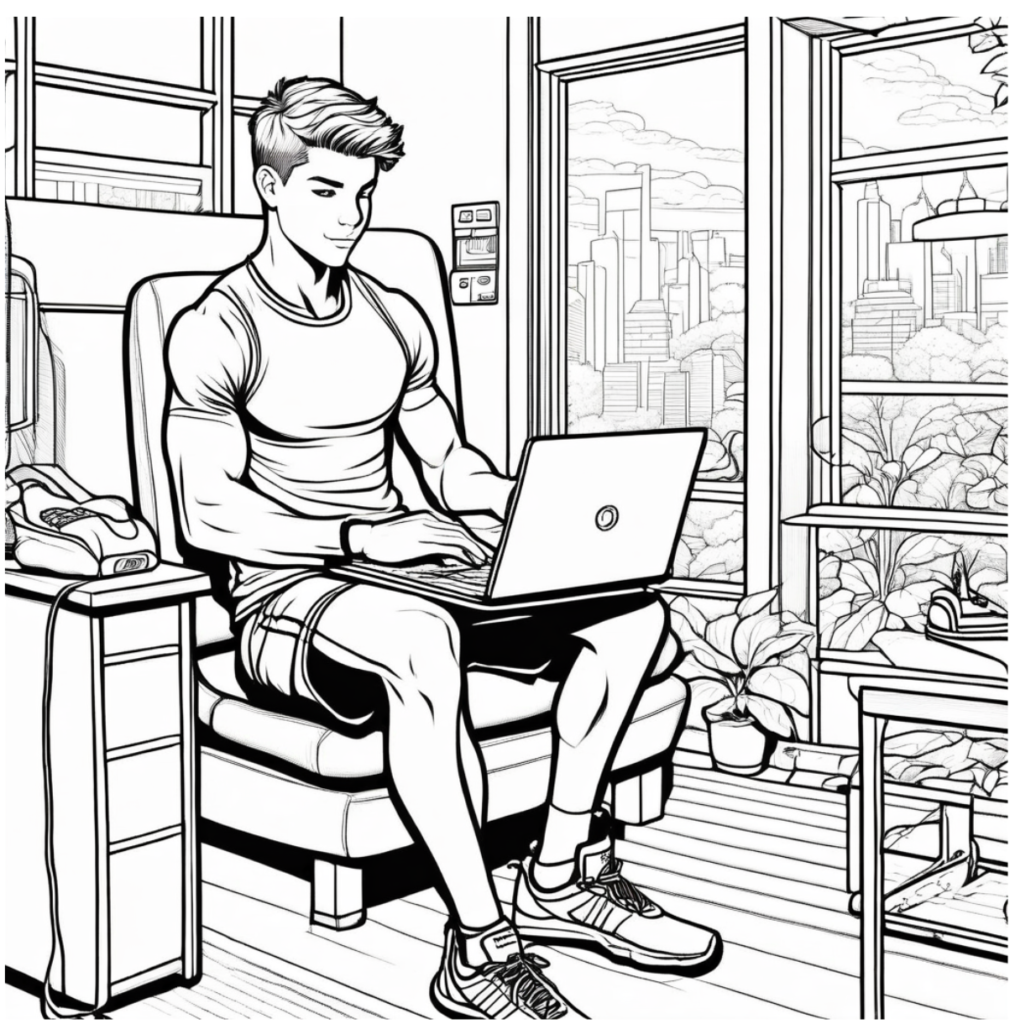
Performance and Pressure: Helping Athletes Find Balance Between Life and Athletics
The Double-Edged Sword of Athleticism
“It’s okay to not be okay.” When Olympic gymnast Simone Biles withdrew from the Tokyo 2020 Olympics for mental health reasons, it sparked a global conversation about mental health in sports.
Athletes today are expected to train relentlessly, perform flawlessly, and suppress emotion—all while maintaining a flawless public image. This intense environment breeds performance pressure in athletes, especially in youth and student athletes navigating both athletic and academic demands.
This article explores how performance pressure affects athletes, the mental and physical consequences of imbalance, and provides proven strategies to help athletes, parents, coaches, and organizations support mental health in athletics for sustainable success.
Understanding the Landscape: What Is Performance Pressure?
A. Defining Athletic Performance
Athletic excellence is not just physical. It encompasses:
Physical Prowess: Speed, strength, skill, and endurance
Mental Fortitude: Resilience, confidence, and focus
Strategic Execution: Game sense and tactical adaptability
This trio defines success, but also creates a breeding ground for athlete burnout when pushed too far.
B. Sources of Pressure
Internal Performance Pressure:
Self-imposed perfectionism
Identity tied to athletic performance
Desire for success and external validation
External Performance Pressure:
Coaches demanding peak performance
Family expectations and financial investments
Competition from teammates
Media, public scrutiny, and social media
Academic demands and NIL responsibilities
The result? A landscape where athletes constantly feel like they’re never doing enough—a key cause of mental stress in youth sports.
The Cost of Imbalance: How Pressure Affects Athlete Health
A. Mental Health Challenges
Unchecked pressure leads to:
Performance anxiety
Depression and mood disorders
Athlete burnout (emotional exhaustion, low motivation)
Disordered eating and body image issues
Sleep disturbances
Athletic identity crisis—loss of self outside the sport
B. Physical Health Consequences
Increased risk of overuse injuries
Overtraining syndrome and chronic fatigue
Weakened immunity and frequent illness
Hormonal imbalance in adolescents
C. Social and Academic Fallout
Damaged relationships with teammates, family, or partners
Academic decline due to a lack of focus or missed classes
Loss of personal development opportunities
Social withdrawal and isolation
D. Decline in Athletic Performance
Ironically, too much pressure often causes:
Poor focus and slower reactions
Bad decisions under stress
Inconsistent performance
Total loss of passion for the sport
If left unaddressed, these issues can sideline an athlete permanently, mentally, or physically.
Solutions That Work: Strategies for Balancing Athletics and Life
For Athletes: Building Balance Through Self-Leadership
Self-Awareness:
Track physical and emotional cues
Identify stress triggers and unhealthy habits
Time Management for Athletes:
Create structured weekly schedules
Prioritize recovery, academics, and personal time
Mindfulness and Stress Management:
Use breathing techniques, meditation, or yoga
Stay present to reduce overwhelm
Smart Goal Setting:
Focus on process-based goals (effort, consistency)
Let go of outcome-only thinking
Commit to Athlete Self-Care:
Prioritize sleep, nutrition, hydration, and rest
Use active recovery tools (foam rolling, stretching)
Engage in non-sport hobbies
Build a Support Network:
Open up to coaches, teammates, and family
Work with therapists or sports psychologists if needed
Develop a Life Outside Sport:
Explore education, career paths, or creative outlets
Reinforce identity beyond performance
Strengthen Communication Skills:
Set healthy boundaries
Ask for help and voice your needs
Mental Training for Athletes:
Practice positive self-talk
Use visualization and mindset coaching
These athlete-centered strategies help manage stress, avoid athlete burnout, and promote holistic athlete development.
Athlete Examples: When Champions Choose Balance
Even the elite face this struggle:
Simone Biles stepped away to protect her mental health.
Michael Phelps openly discussed depression despite his gold medals.
Naomi Osaka prioritized her well-being over tennis obligations.
Kevin Love became a vocal advocate for mental health in the NBA.
These examples show that even at the highest level, mental health for athletes is not optional—it’s essential.
Shaping a Healthier Culture in Sports
Balance fuels performance.
Without it, athletes break down mentally, physically, and emotionally.
Let’s redefine athletic success—not just as wins or stats, but as the ability to perform at a high level while living a full, healthy life. That shift starts with coaches, parents, and sports leaders creating an environment that values the well-being of athletes as much as their stats.
✅ Promote open conversations
✅ Provide access to mental health resources
✅ Normalize breaks, boundaries, and balance
Because athletes are humans first, and the real victory lies in longevity, joy, and sustainable excellence.
Join the Champion's Circle: Athlete Growth Hub!
Ready to take your athletic performance to the next level? Join the Champion's Circle: Athlete Growth Hub, where driven athletes come together to share insights, stay motivated, and elevate their game. Gain access to expert advice, exclusive content, and a supportive community that will help you crush your goals. Don’t miss out—unlock your potential and start growing today!
Join NowReady to take your game to the next level? 🚀 Book your free consultation today and discover how personalized coaching can help you reach your goals faster and more effectively. Don’t wait—let’s start your journey to success now! Click the link to schedule your session and unlock your full potential. 💪✨


